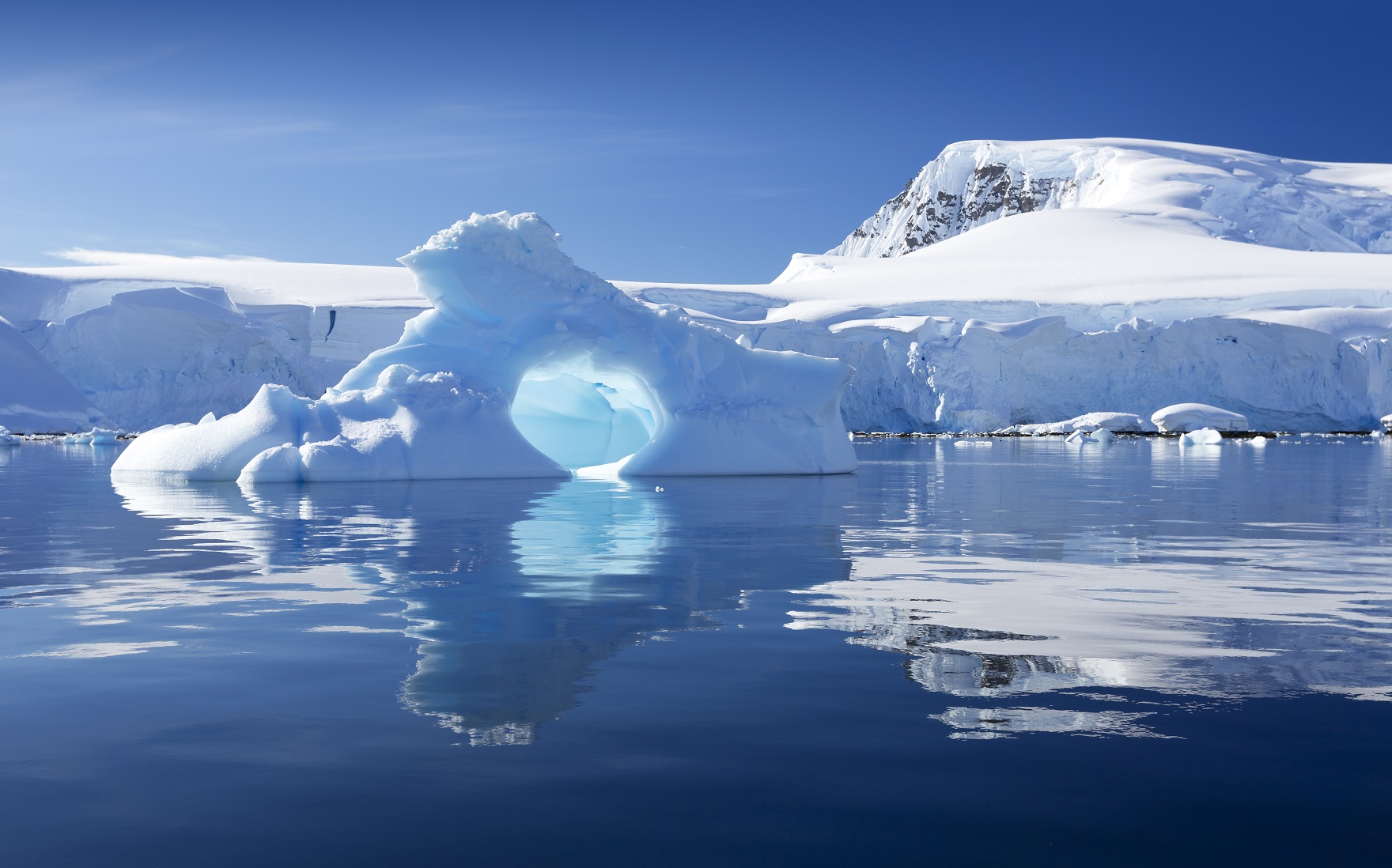

International scientists have this week gathered in Hobart to discuss how heat from the Antarctic continent impacts the overlying ice sheet.
As a result of the thick ice cover and the logistical difficulties of drilling into the Antarctic bedrock, scientists have not yet been able to accurately establish the underlying geothermal heat flow, or temperature, of the continent. (Image: Shutterstock)
Accurate estimates are needed to allow a better understanding of how the Antarctic Ice Sheet will contribute to future sea level change.
Hobart-based researchers from IMAS, the Australian Research Council Antarctic Gateway Partnership, ACE CRC and the Australian Antarctic Division will this week be joined by scientists from the US, UK, China, Japan, Belgium, Ireland, New Zealand and other Australian universities for the 2018 Taking the Temperature of the Antarctic Continent (“TACtical”) Workshop at the CSIRO marine laboratories on Castray Esplanade.
Organizer Dr Jacqueline Halpin said the workshop would discuss setting up shared databases of models and geothermal heat flow observations.
“Models which predict the future evolution of the Antarctic Ice Sheet need to take into account the continent’s underlying temperature,” Dr Halpin said.
“In the absence of thermal profiles obtained directly from bedrock, ice sheet models use limited data mainly from coastal sites in Antarctica and estimates from various other indirect techniques.
“However, we know that heat flow varies regionally across the continents due to differences in their geology and plate tectonic history.
“In Antarctica, 99 per cent of the continent is covered in ice, so geothermal heat flow patterns are difficult to map, but hotspots may significantly affect how ice flows and melts in different areas.
“Improving our knowledge of such variations will help fine-tune predictions of how the Antarctic Ice Sheet will respond in the future.
“It’s an exciting time in the development of research in this field, as we combine expertise from a range of disciplines to explore the underlying temperature of the Antarctic continent,” Dr Halpin said.